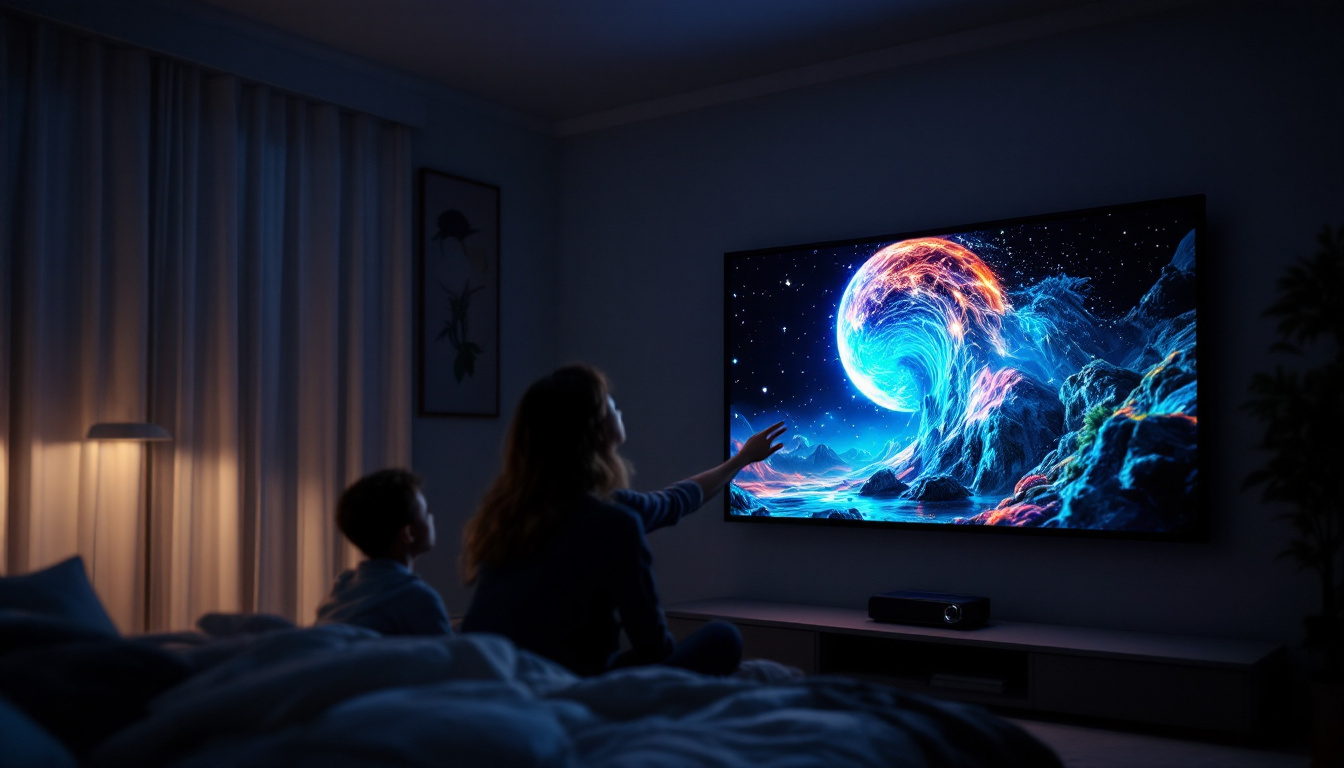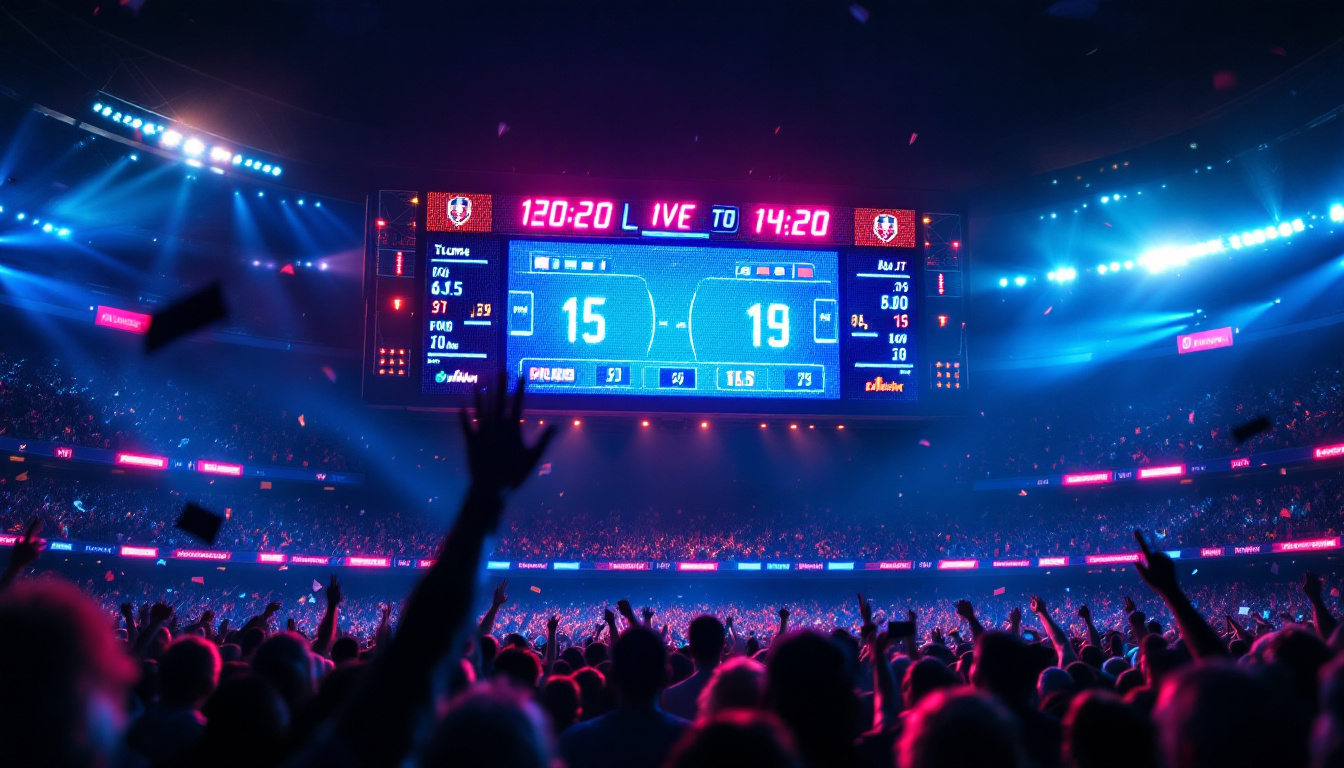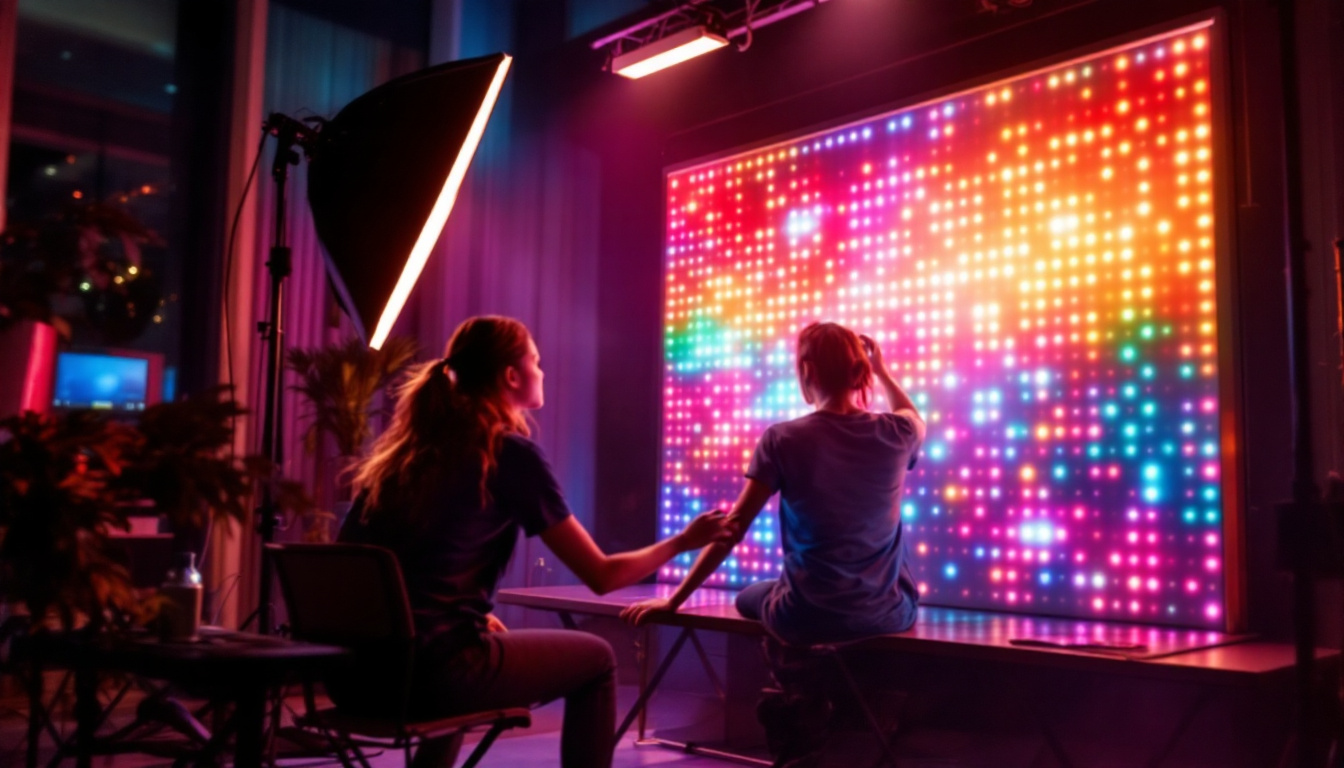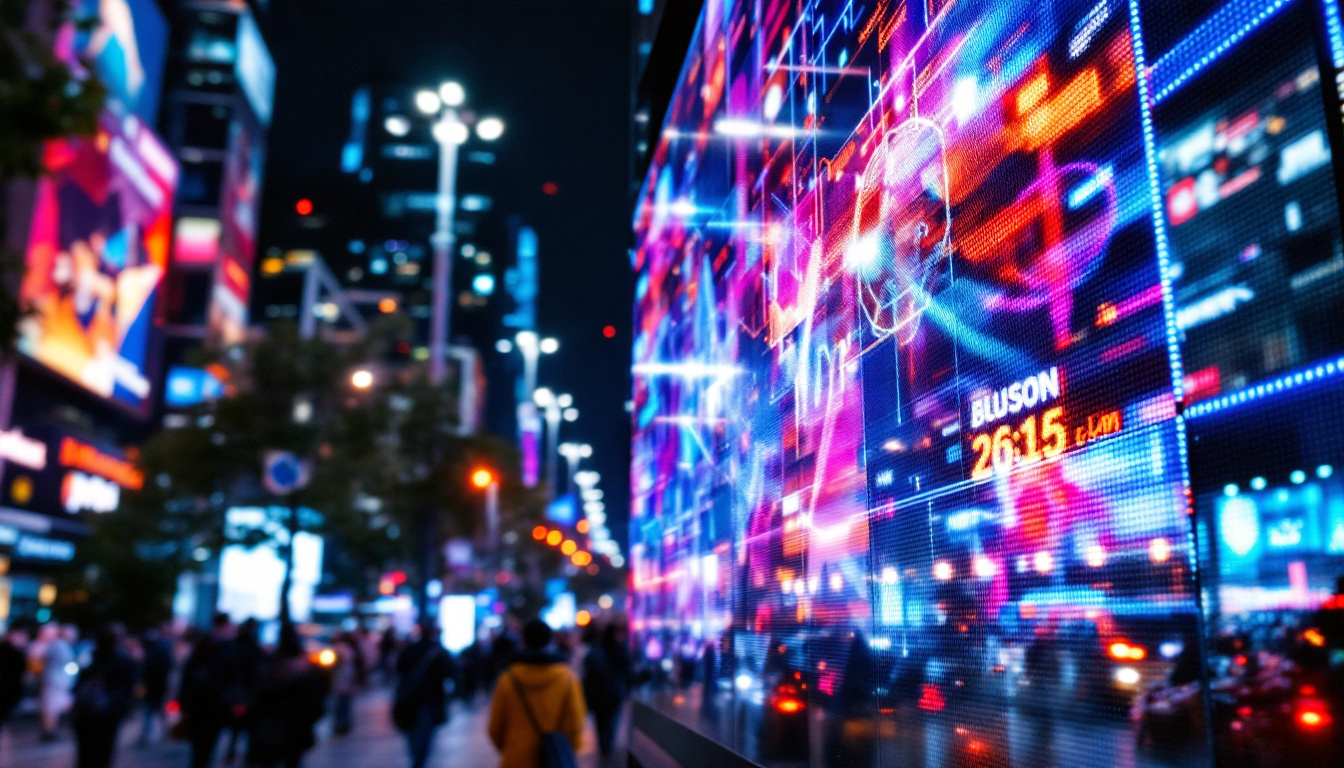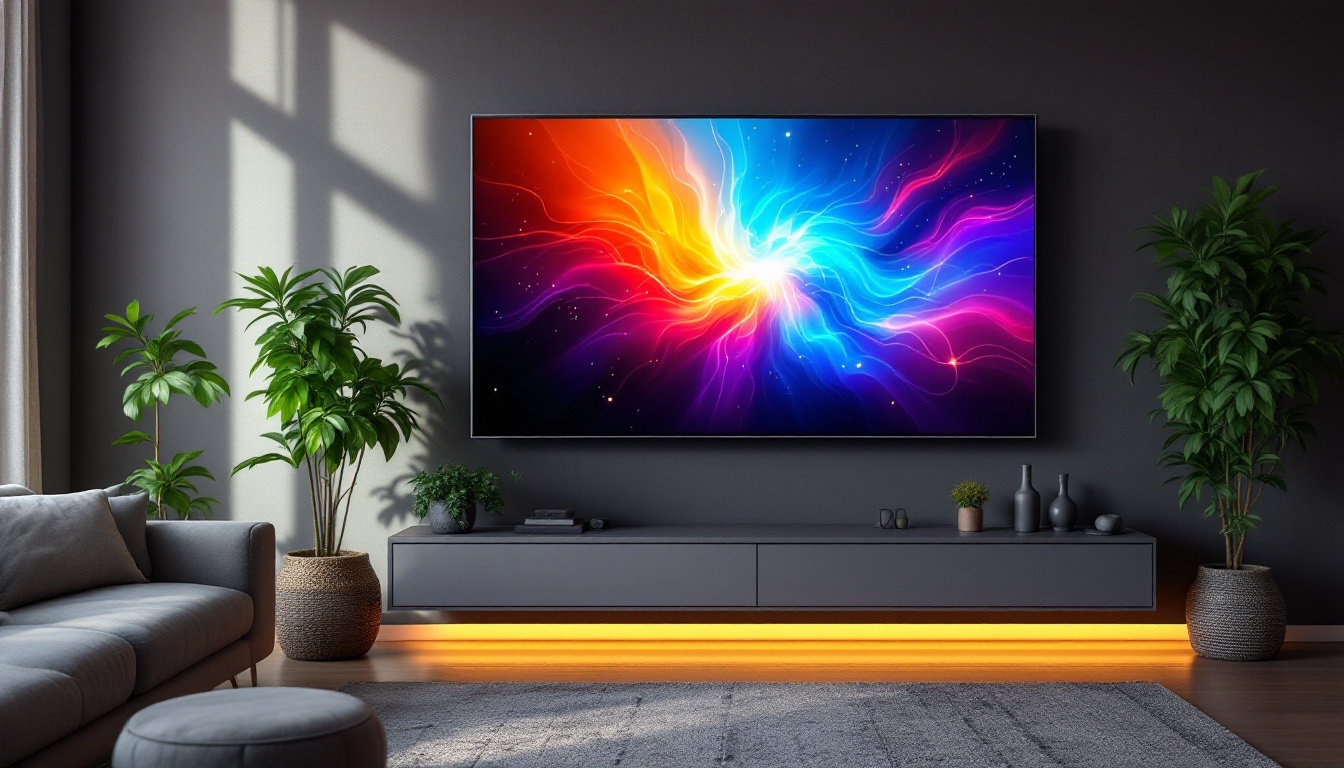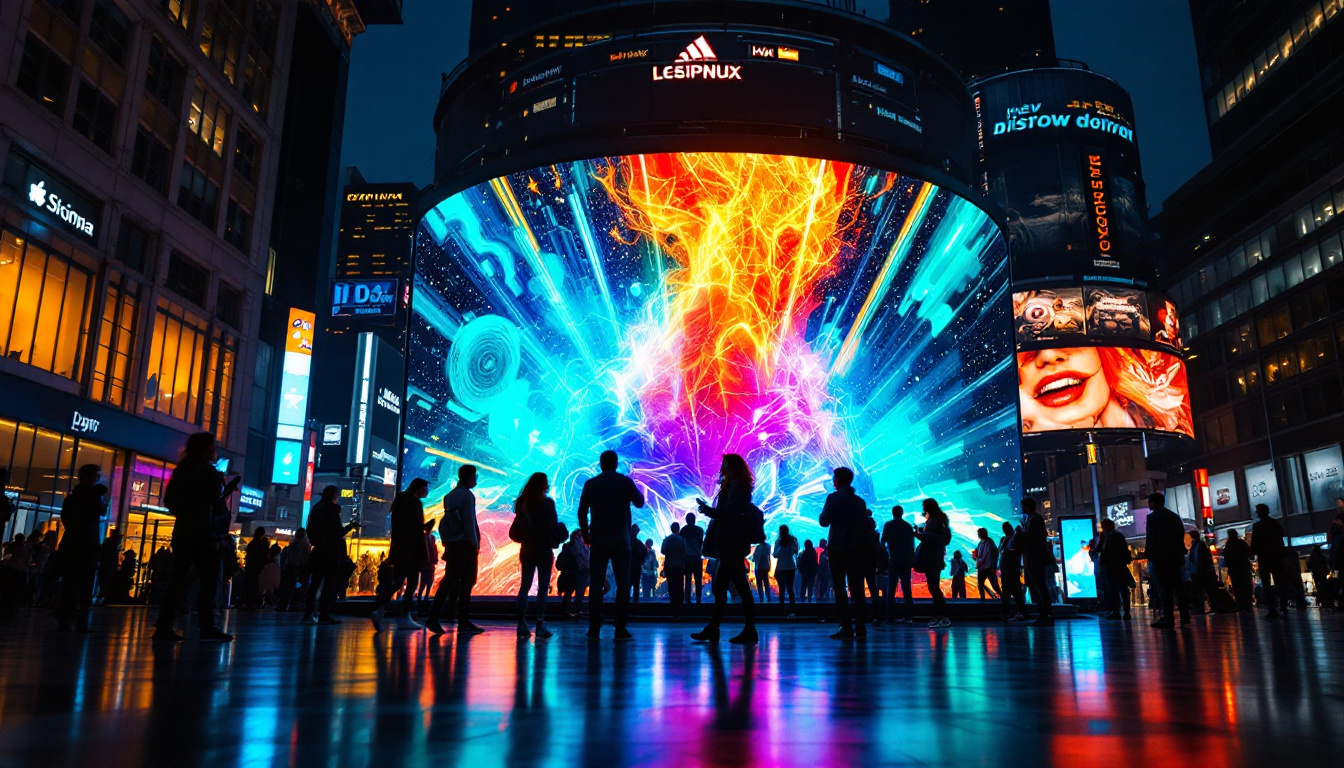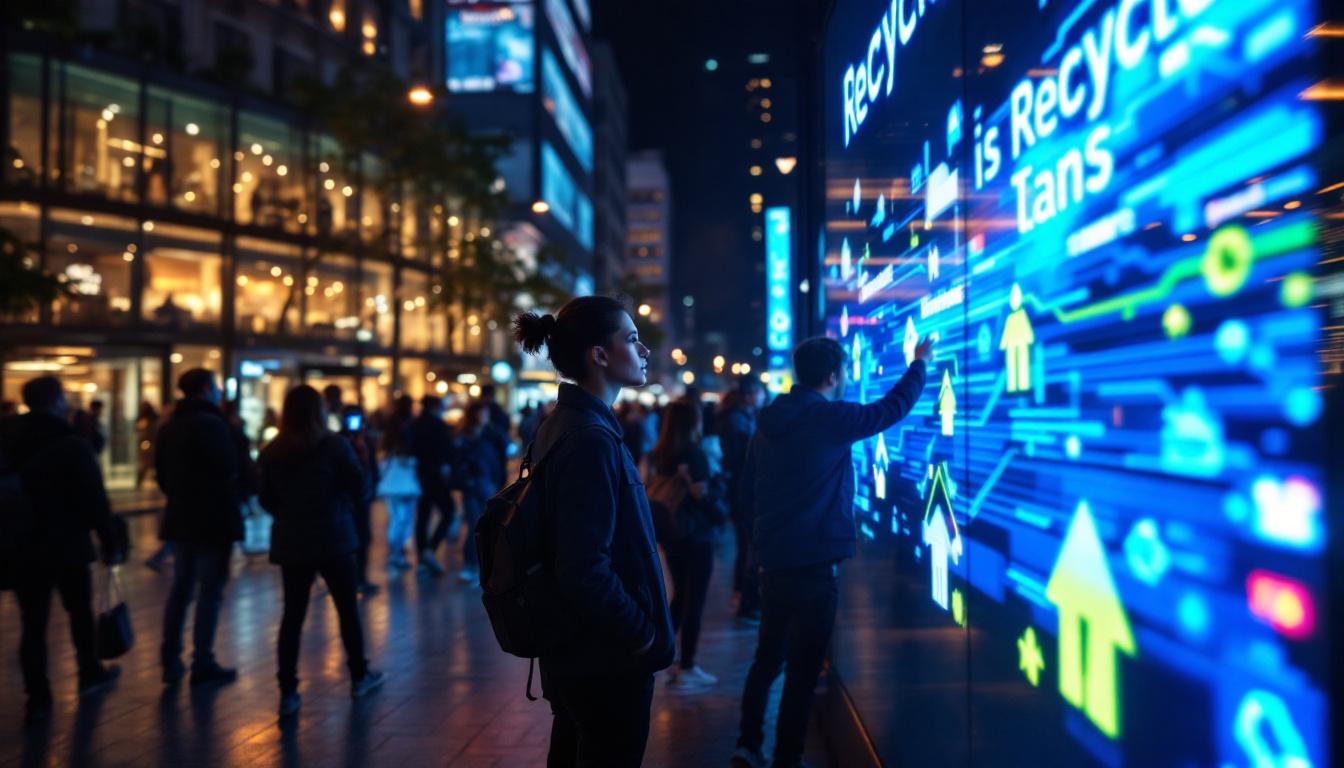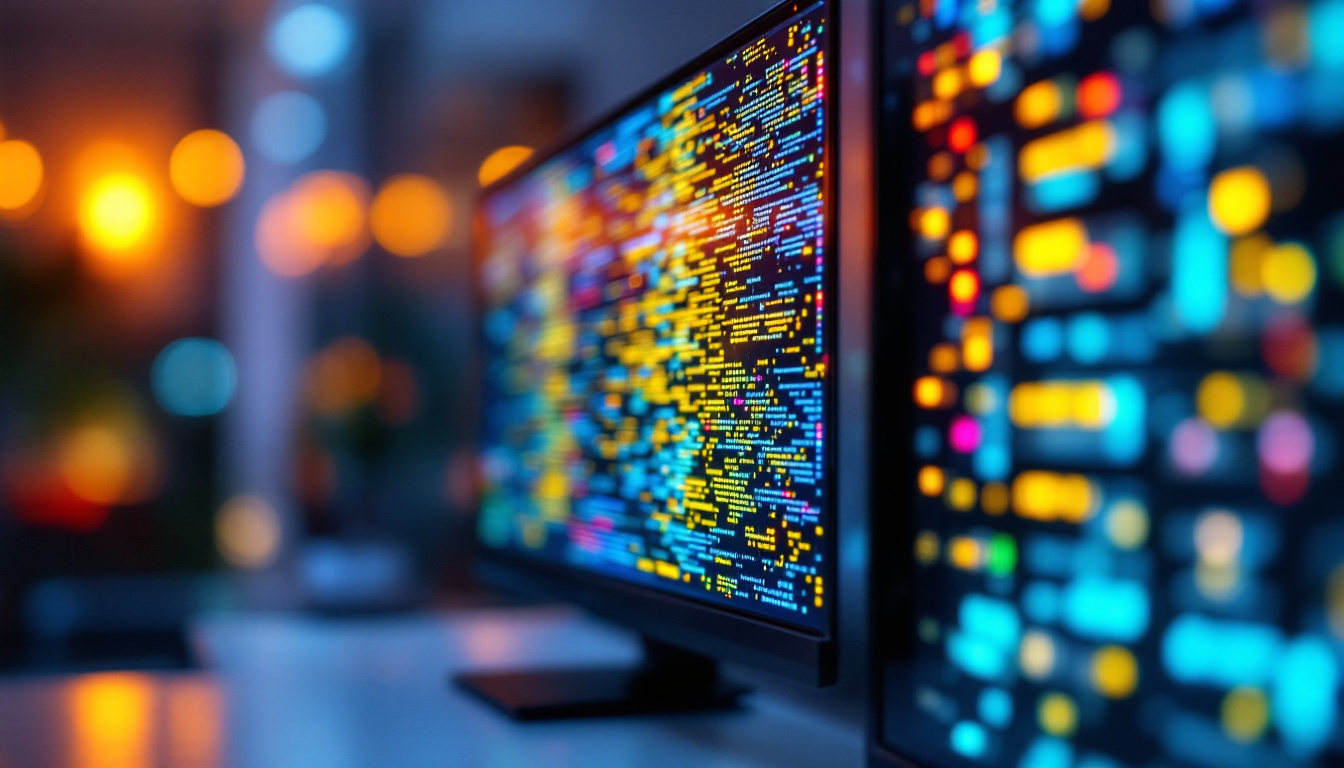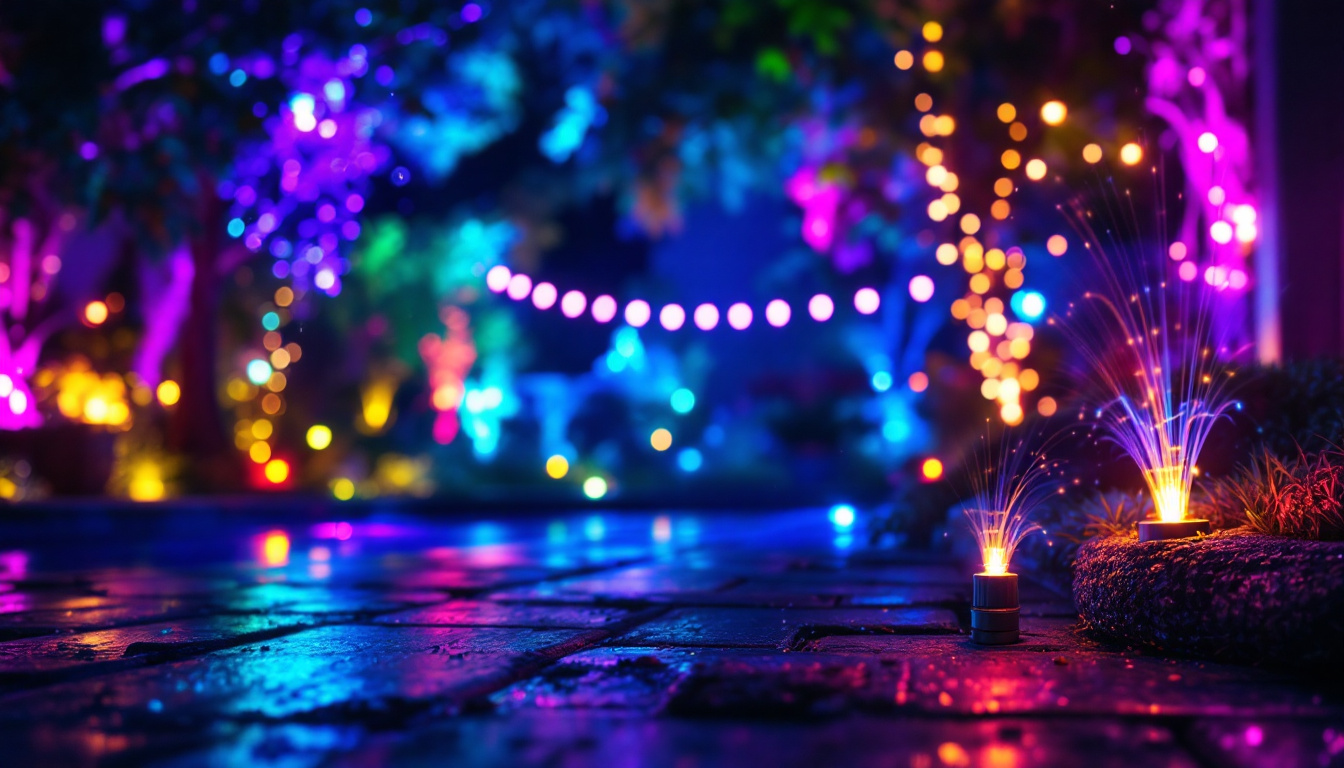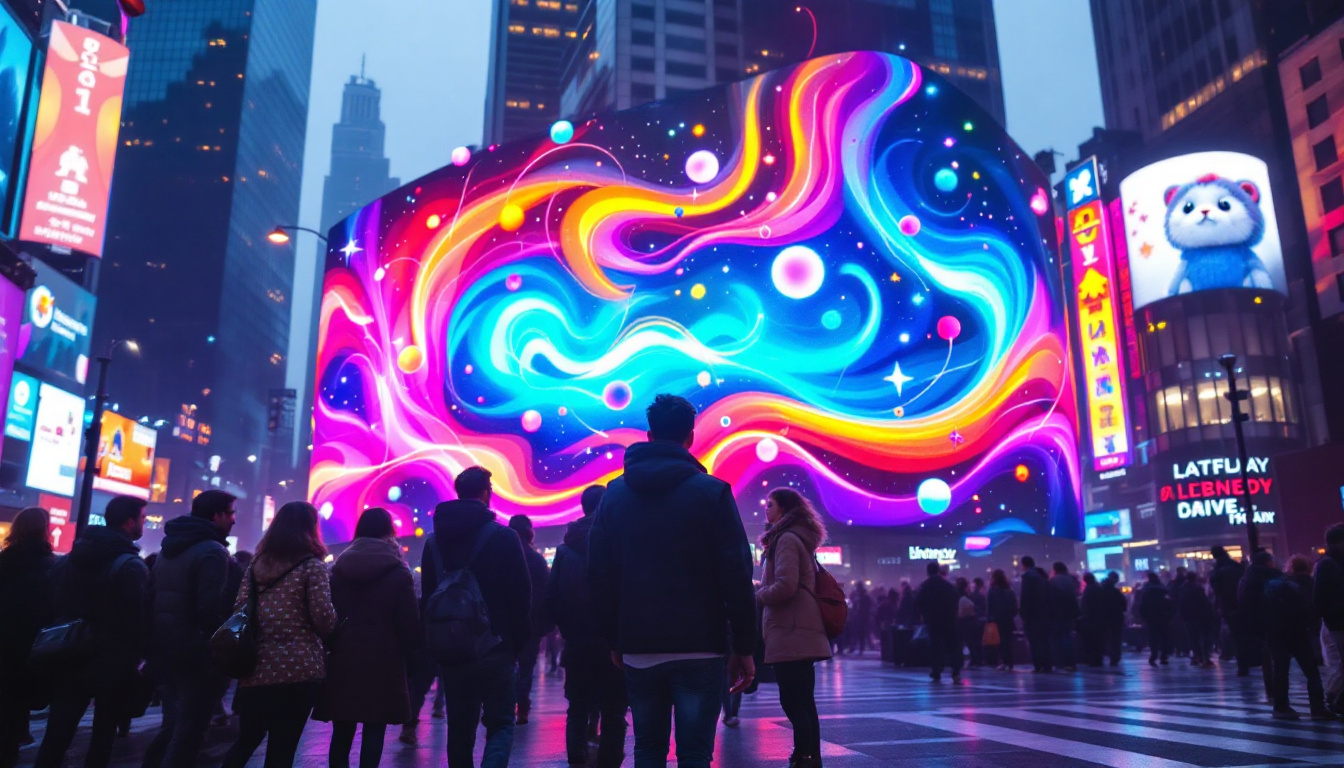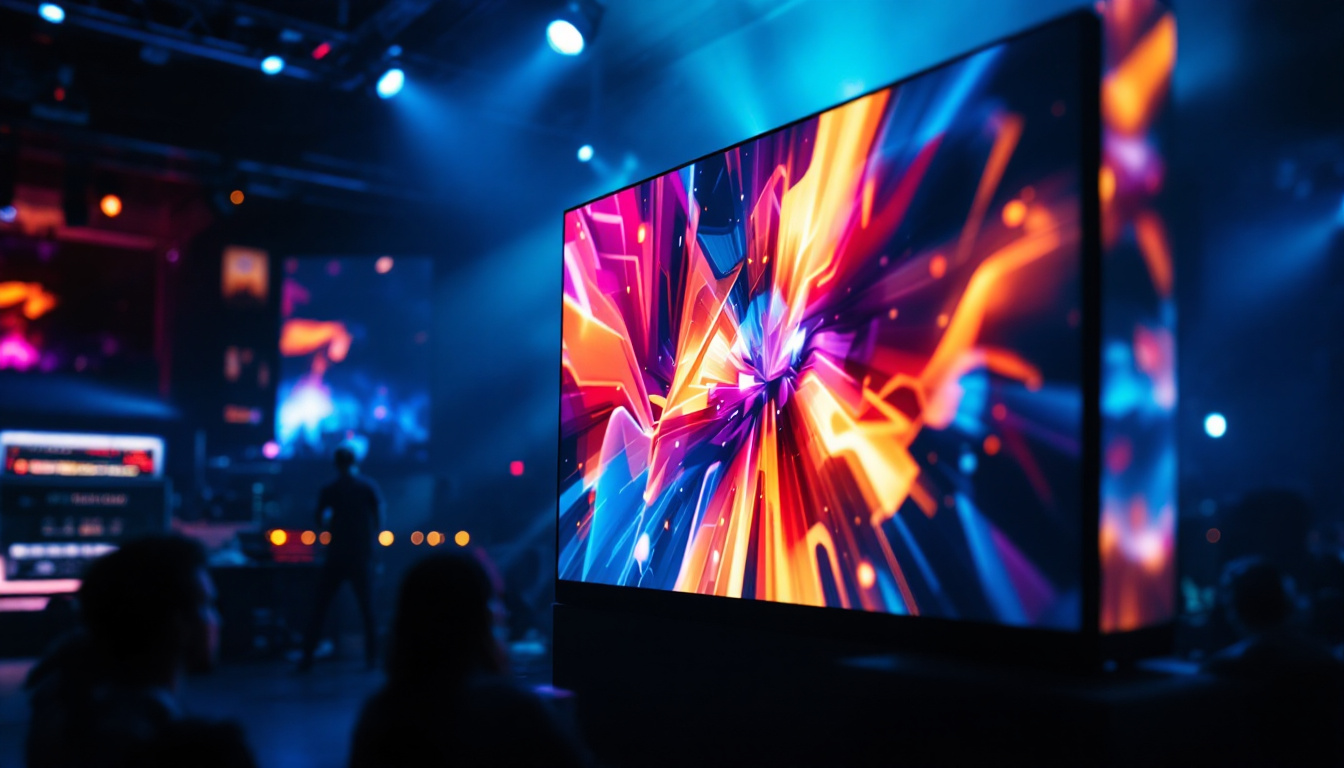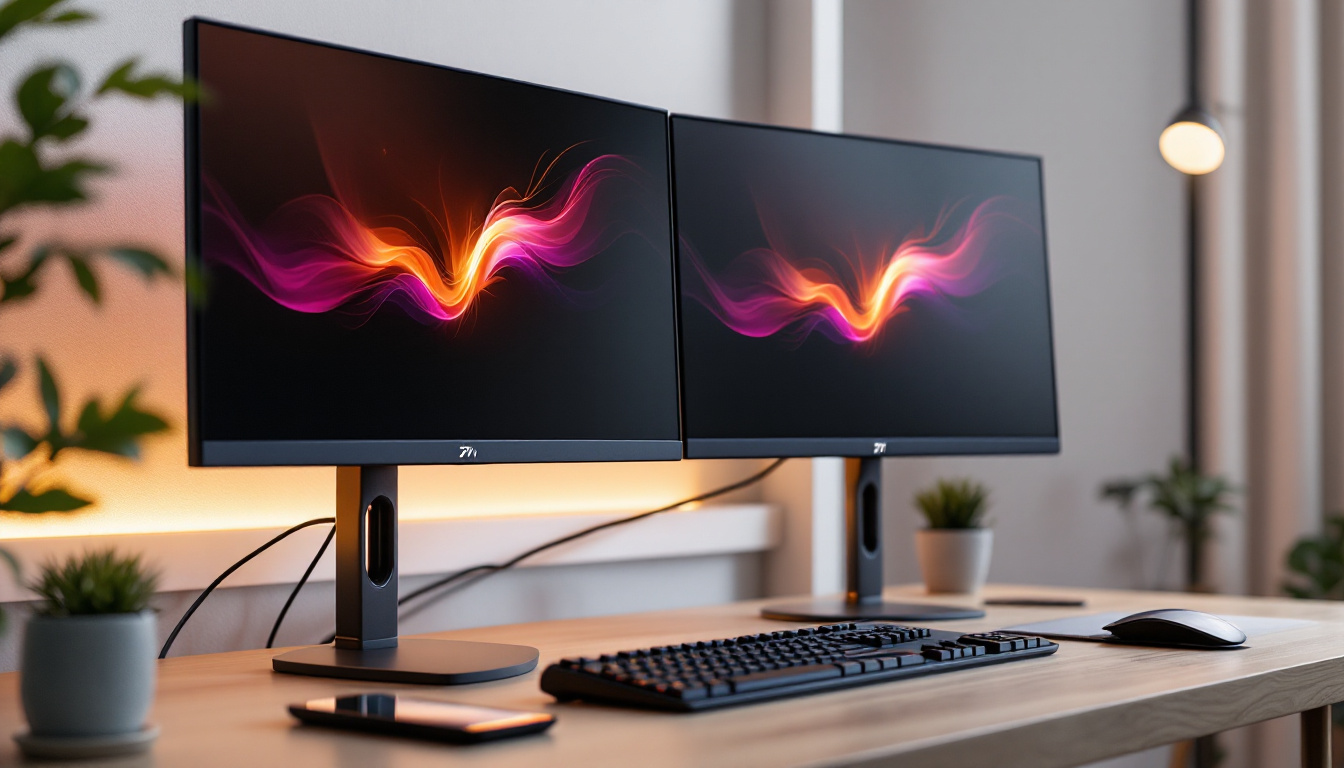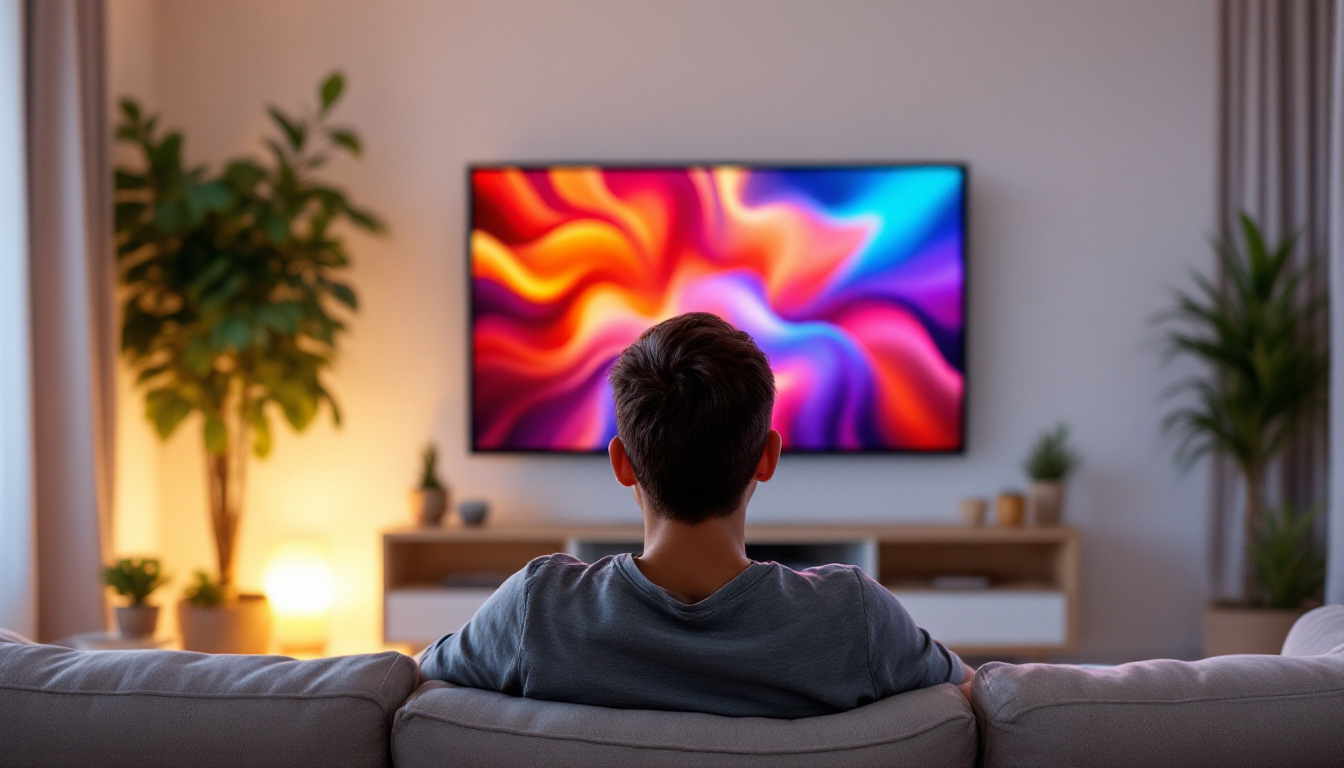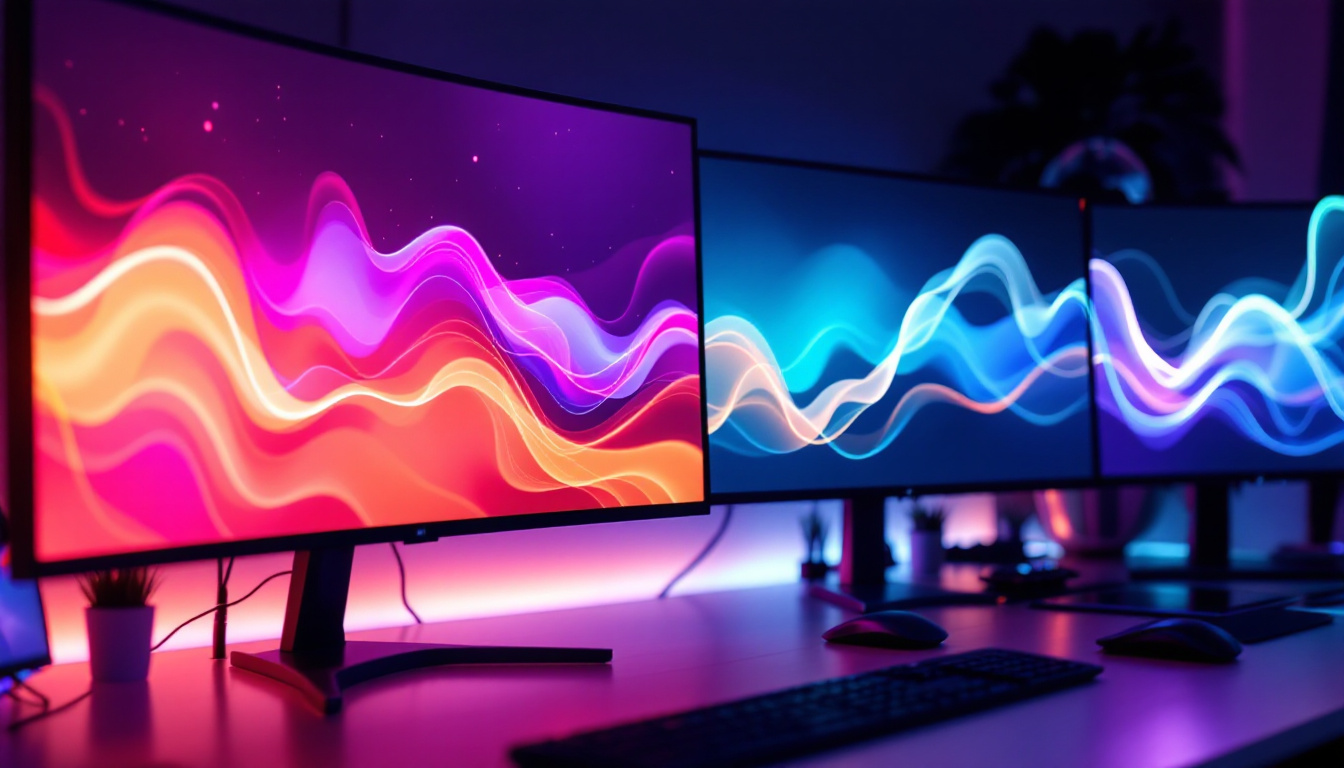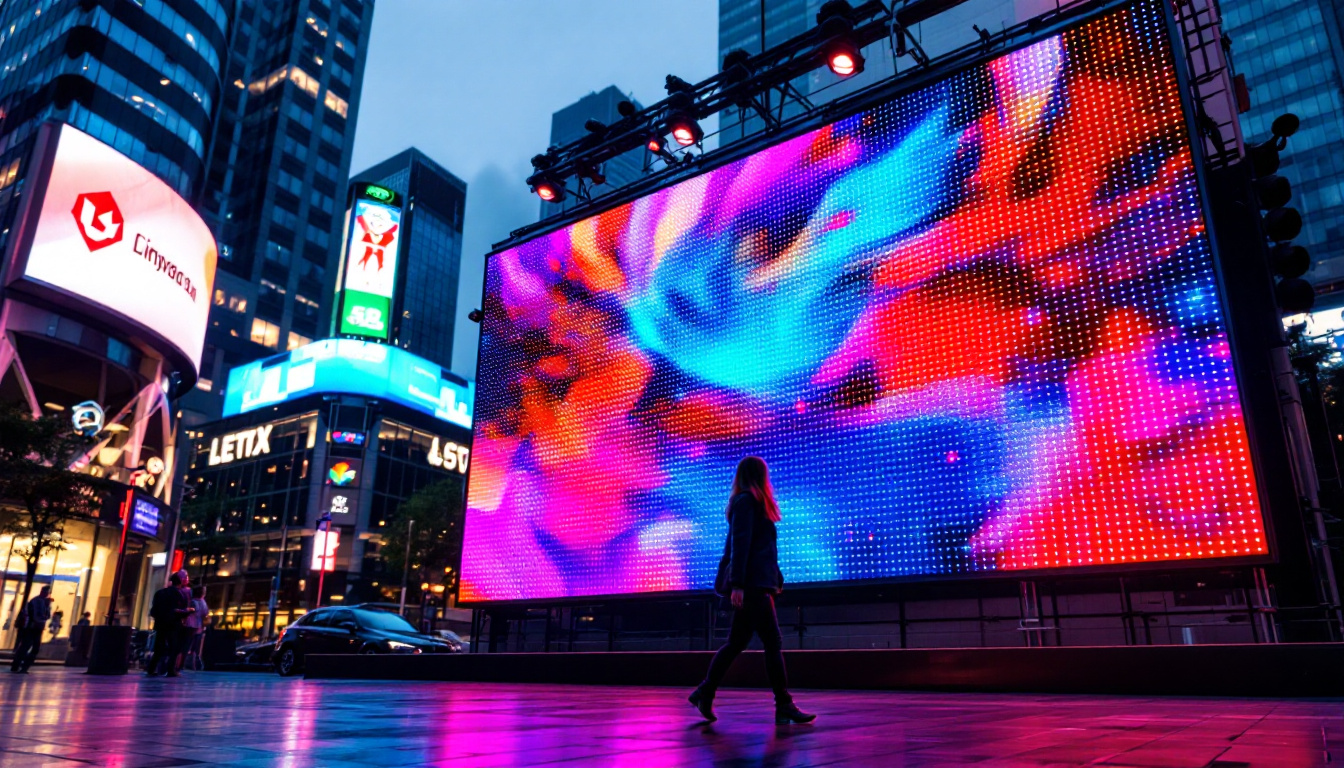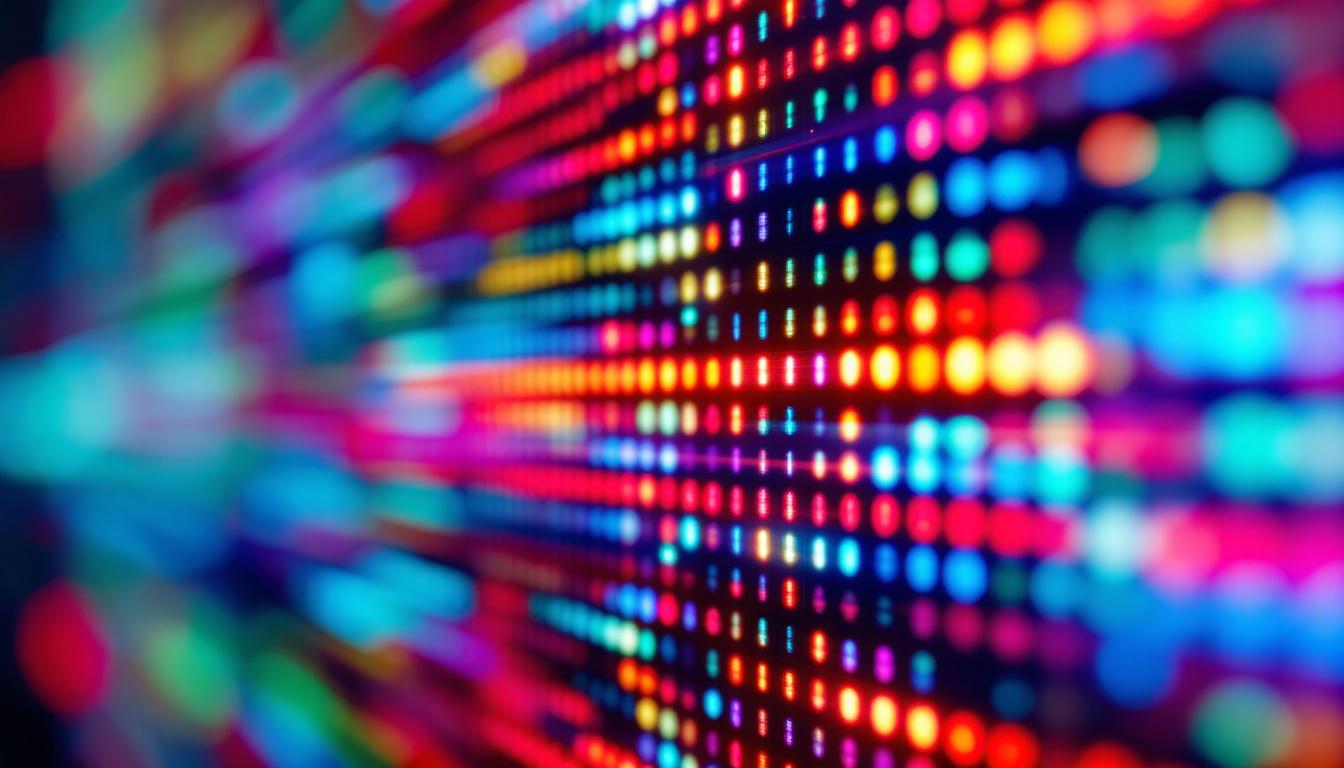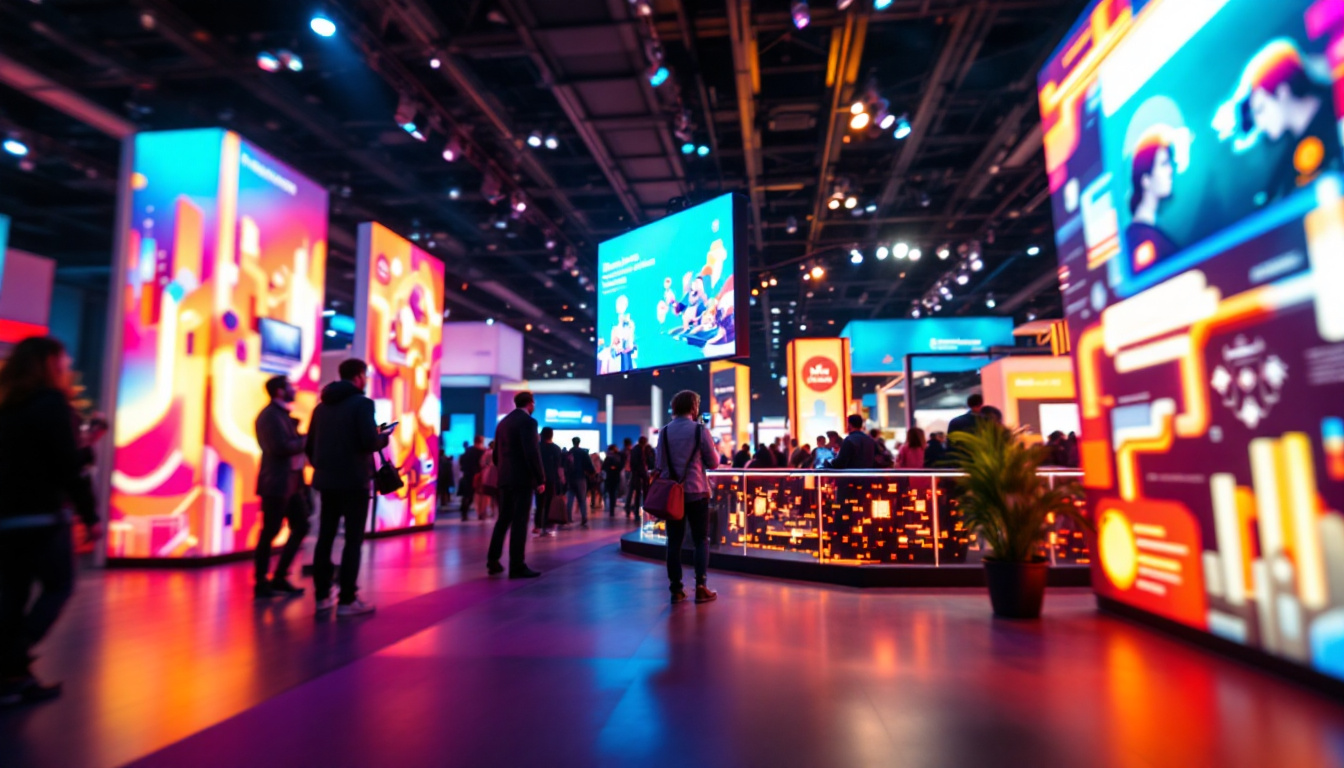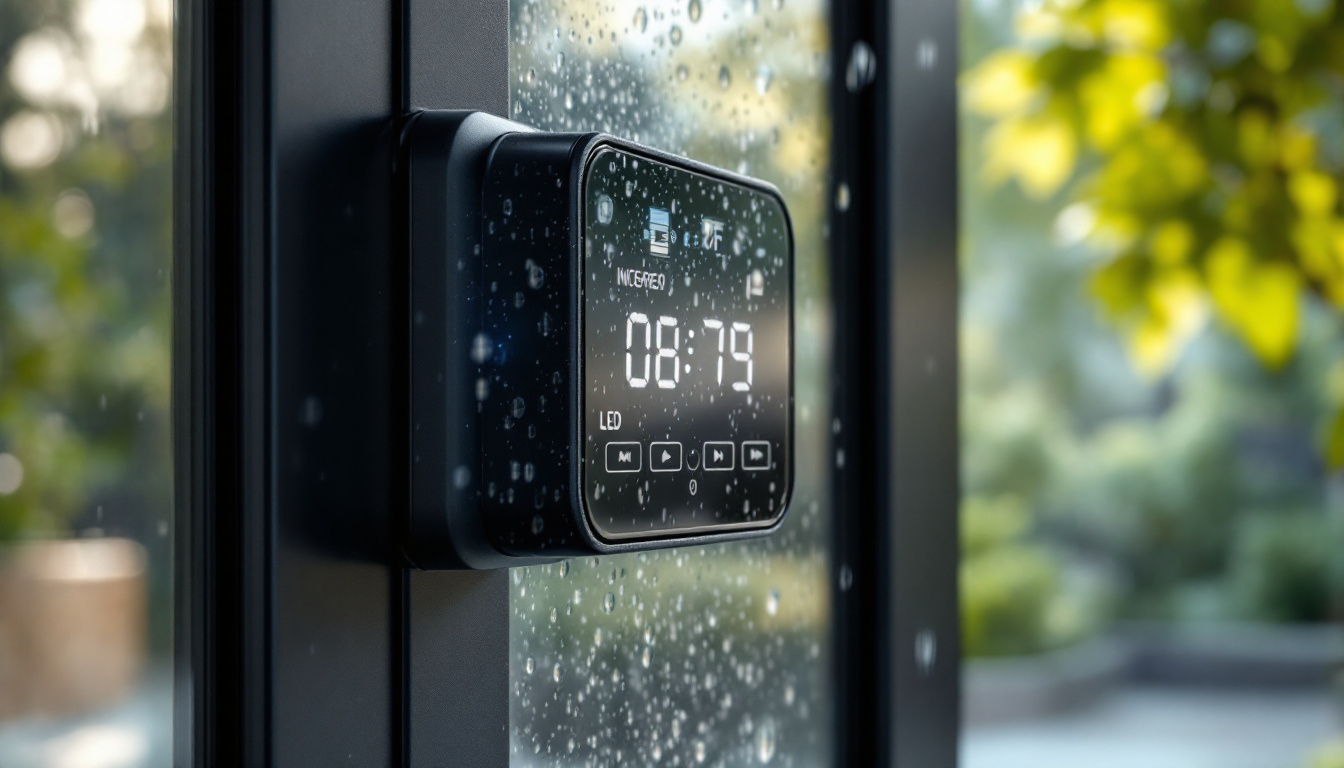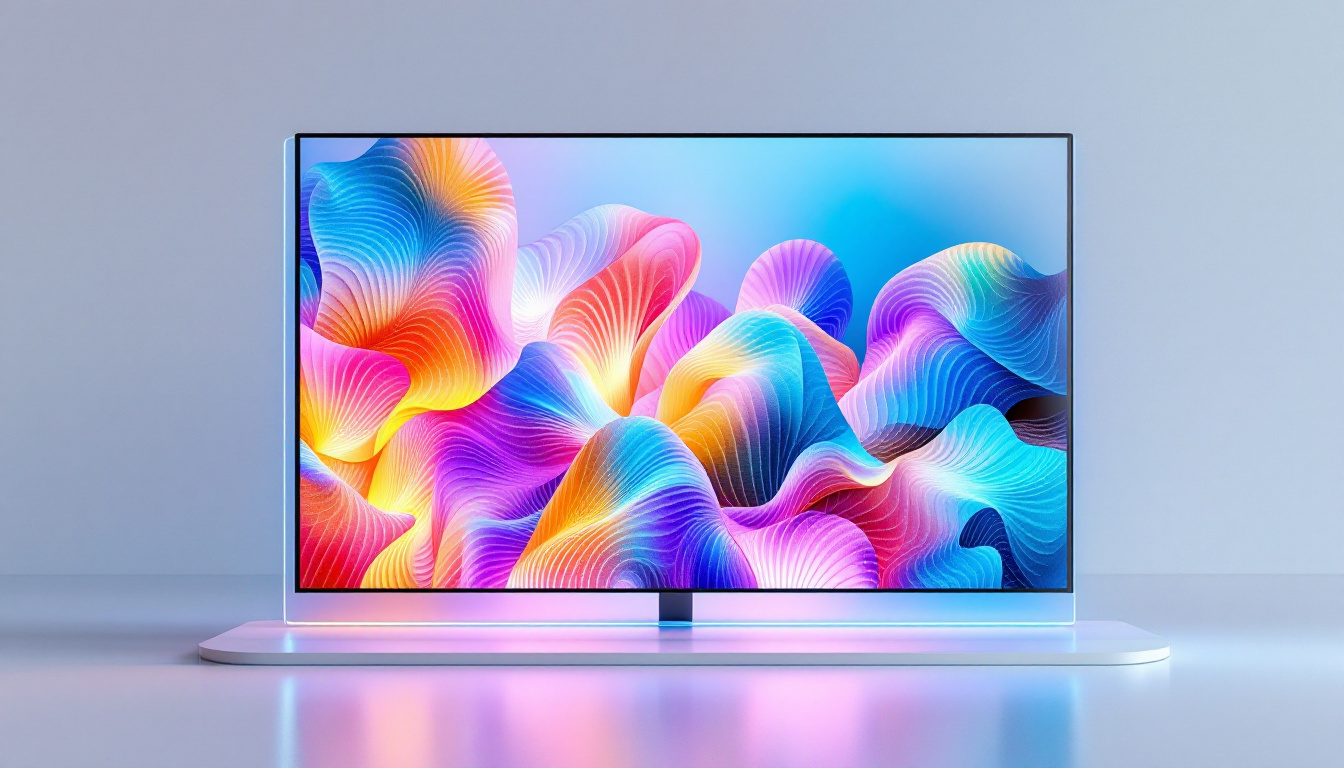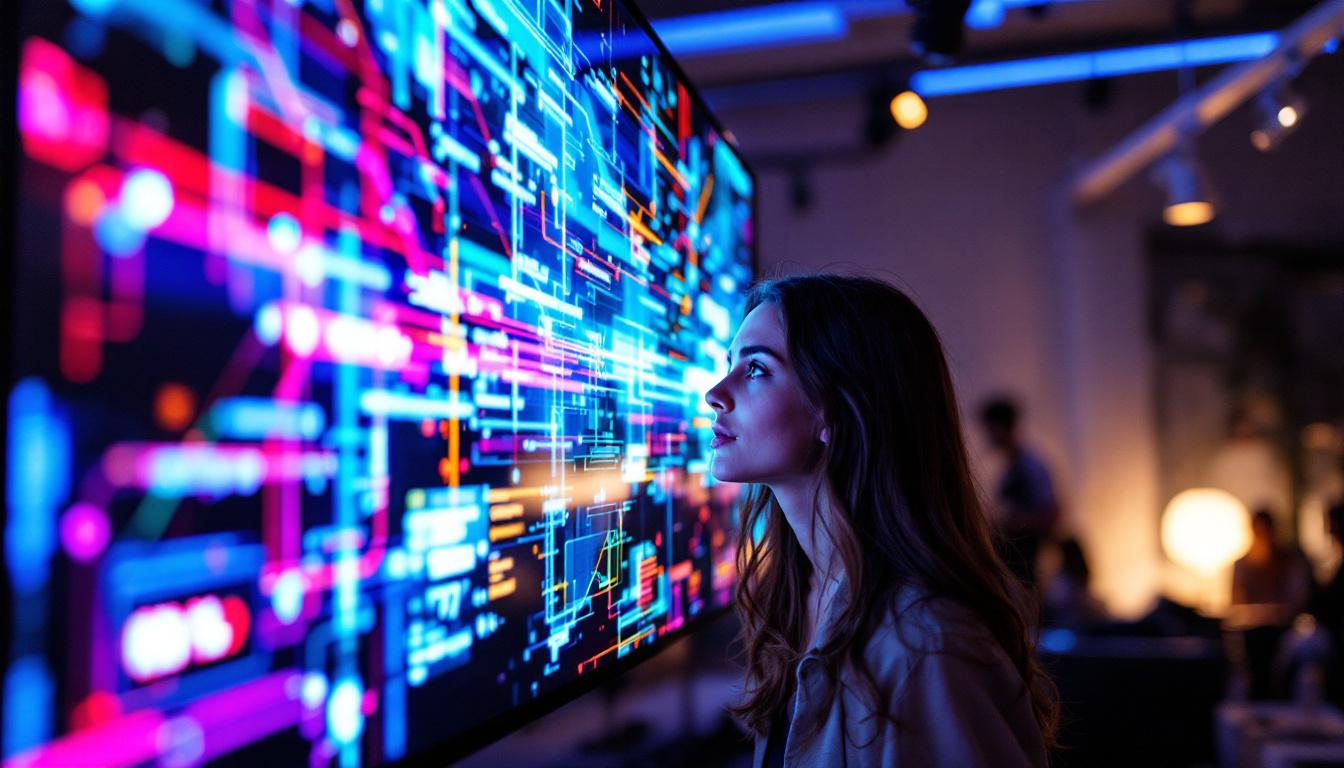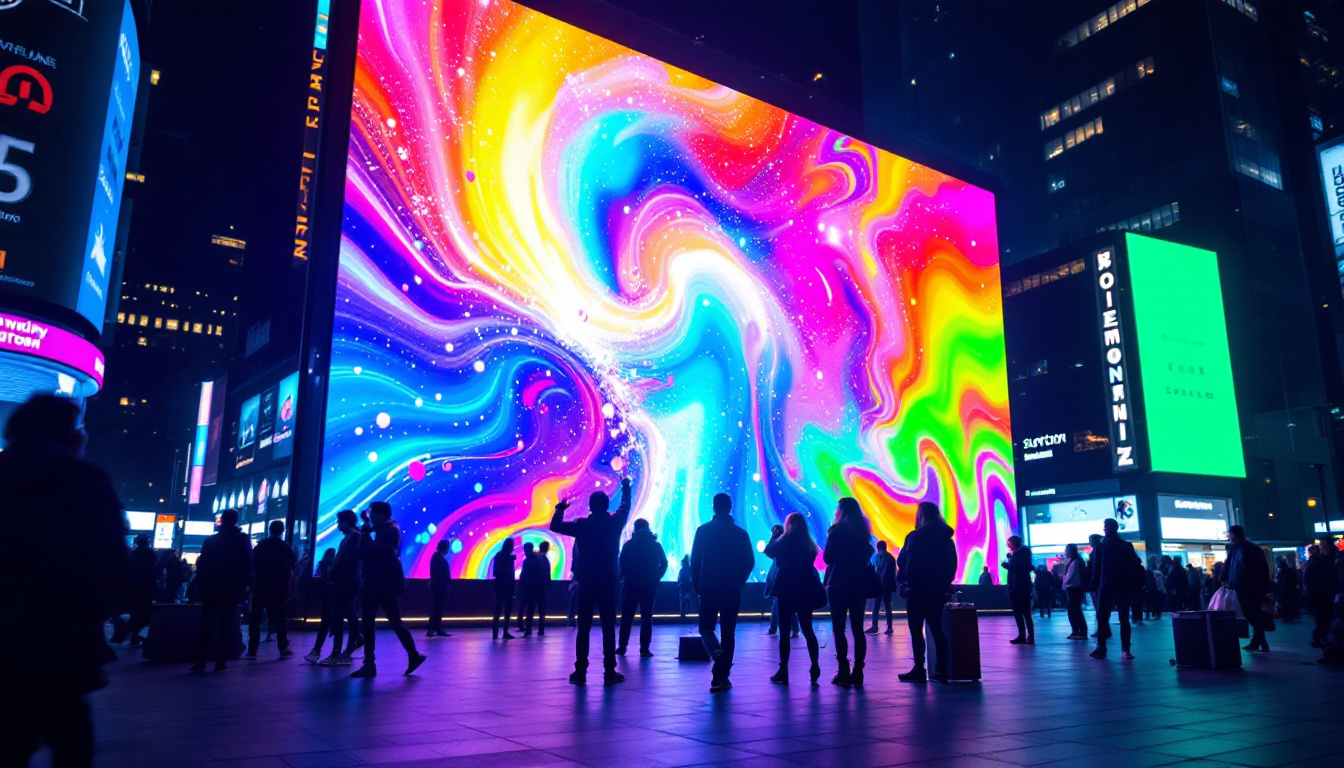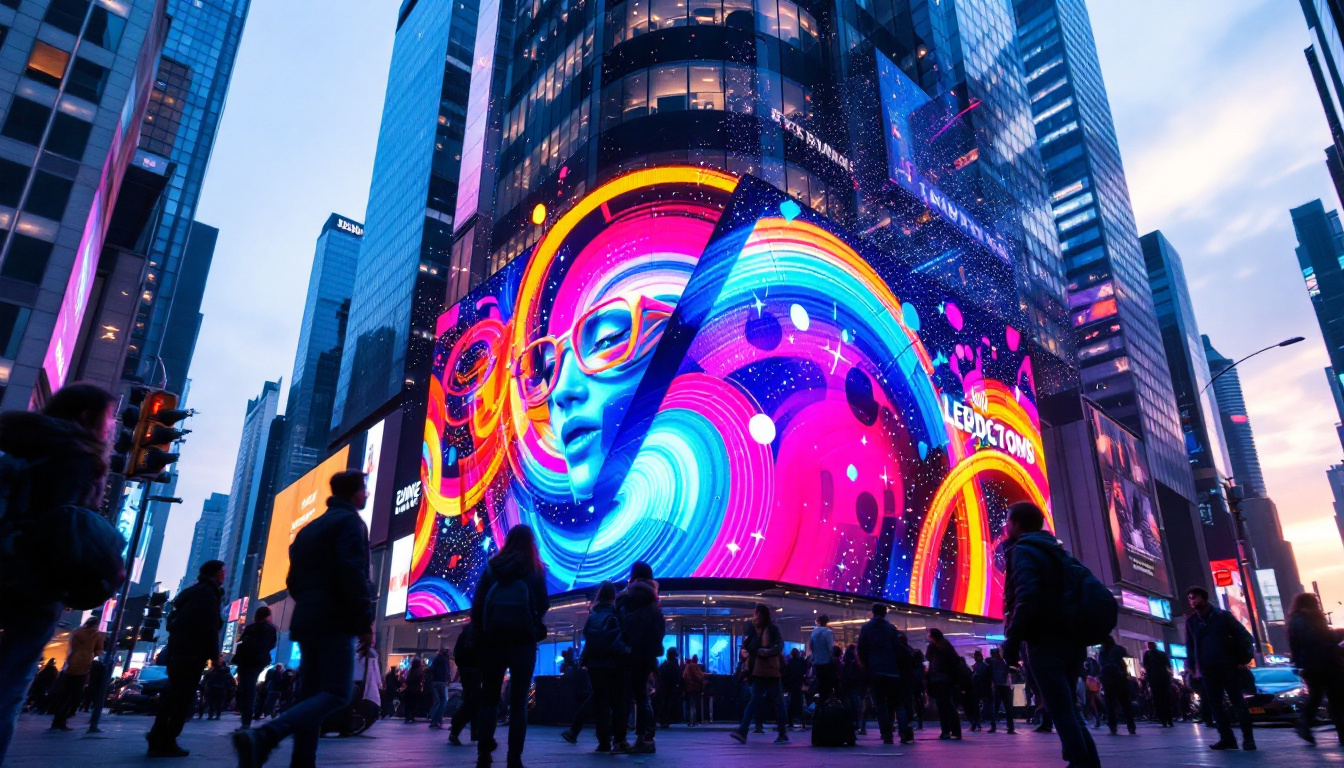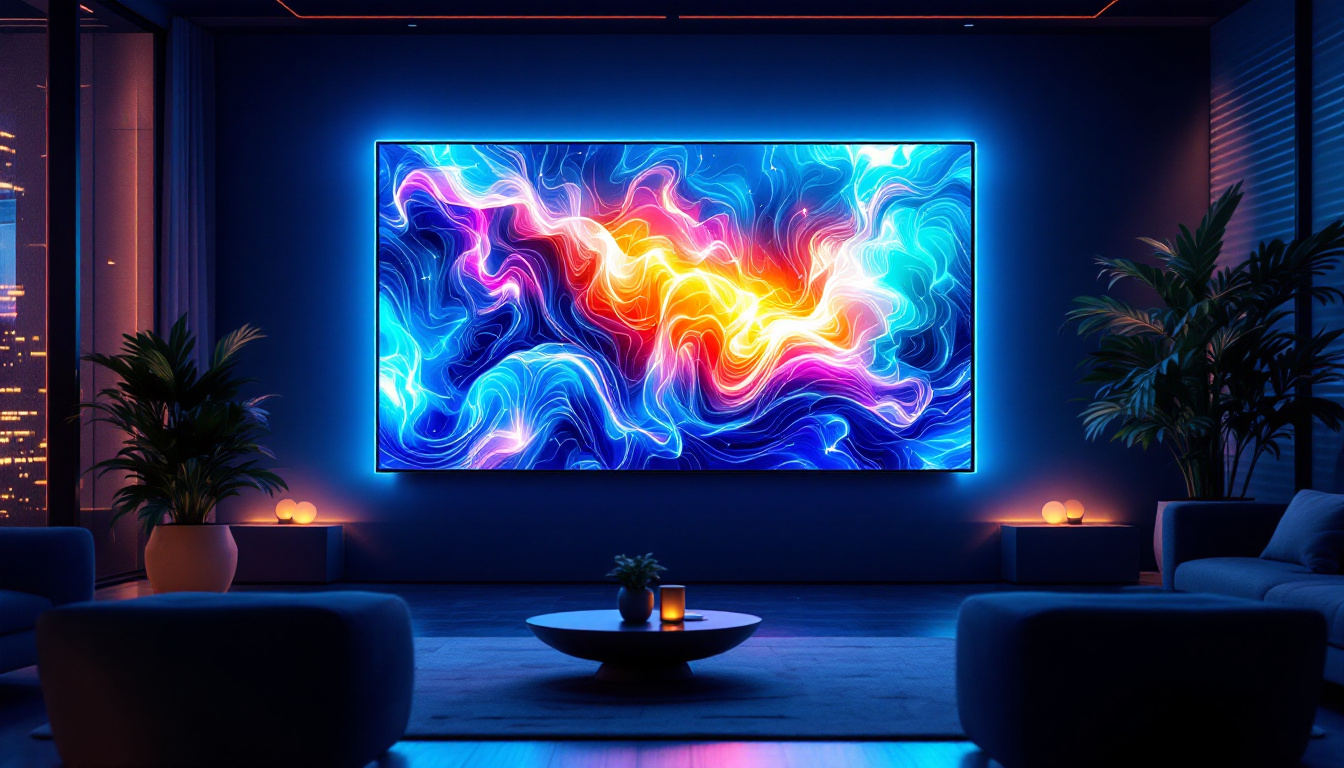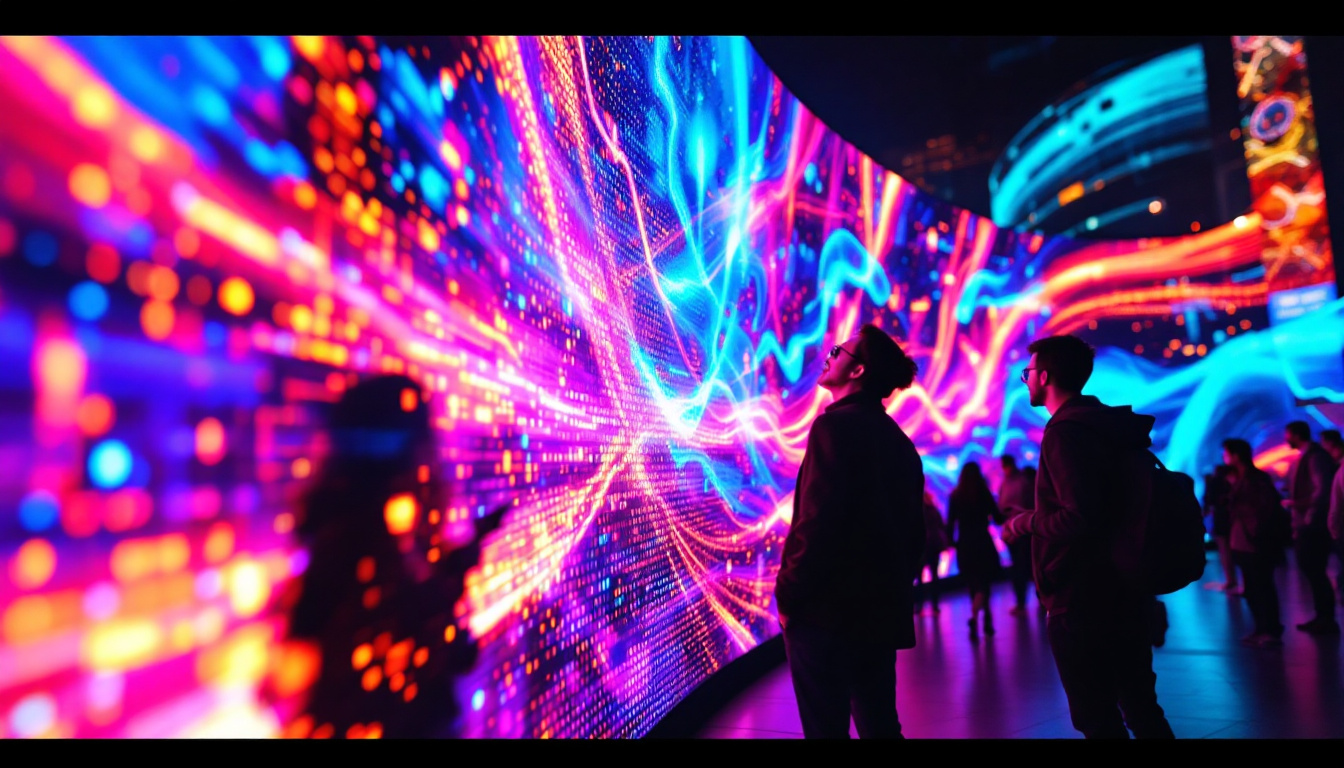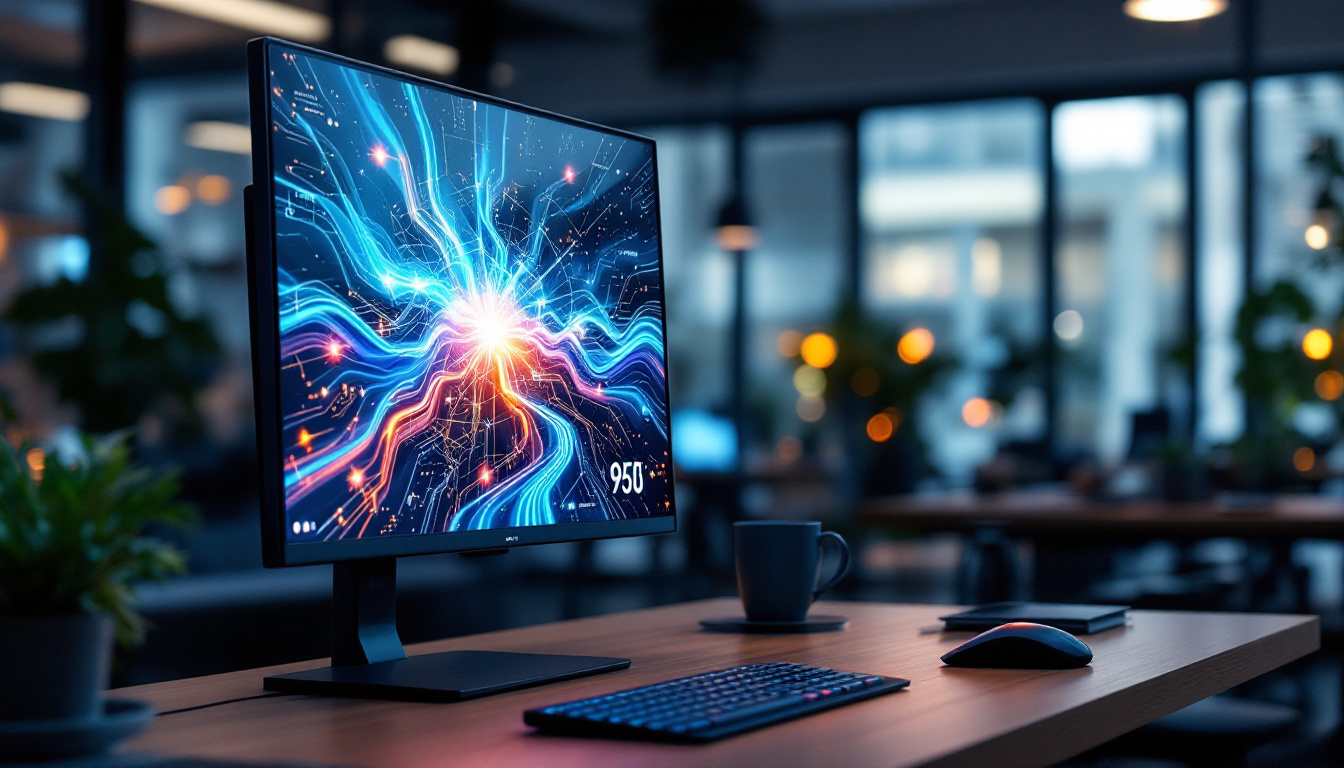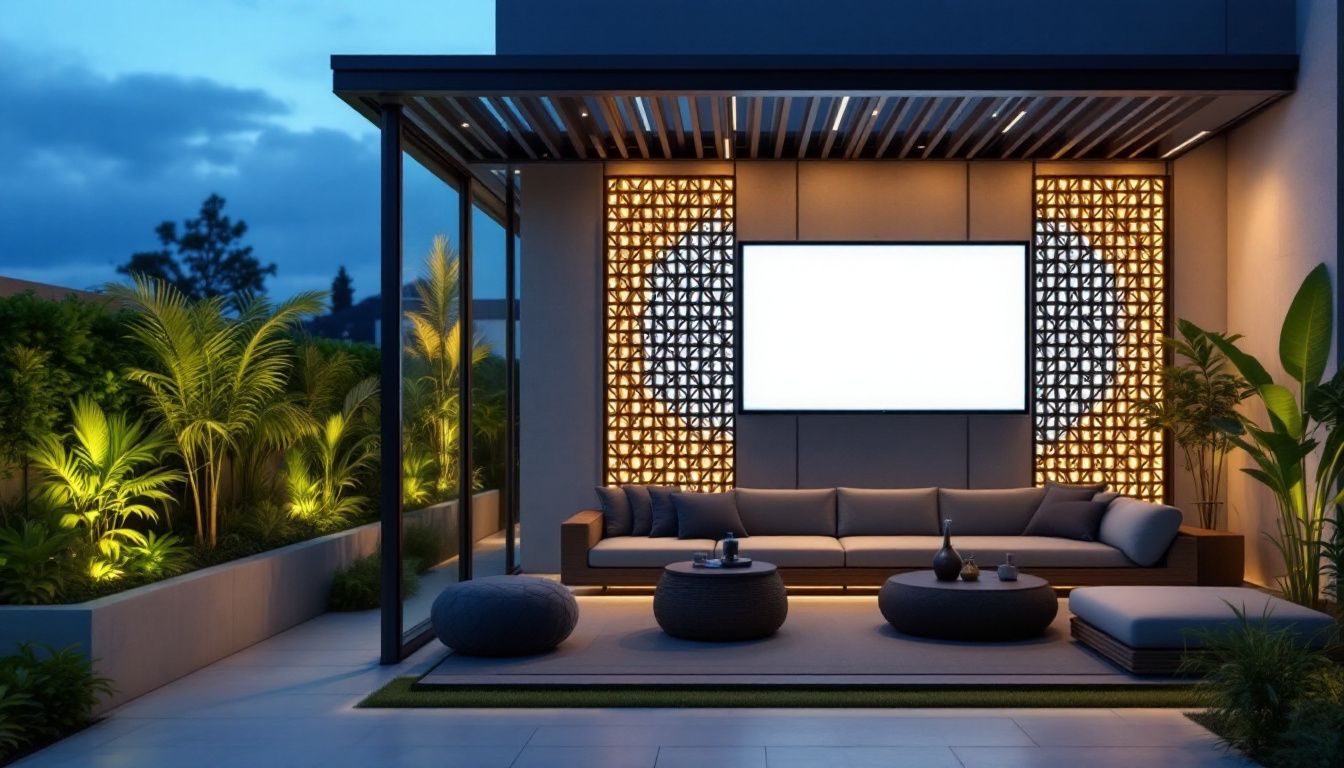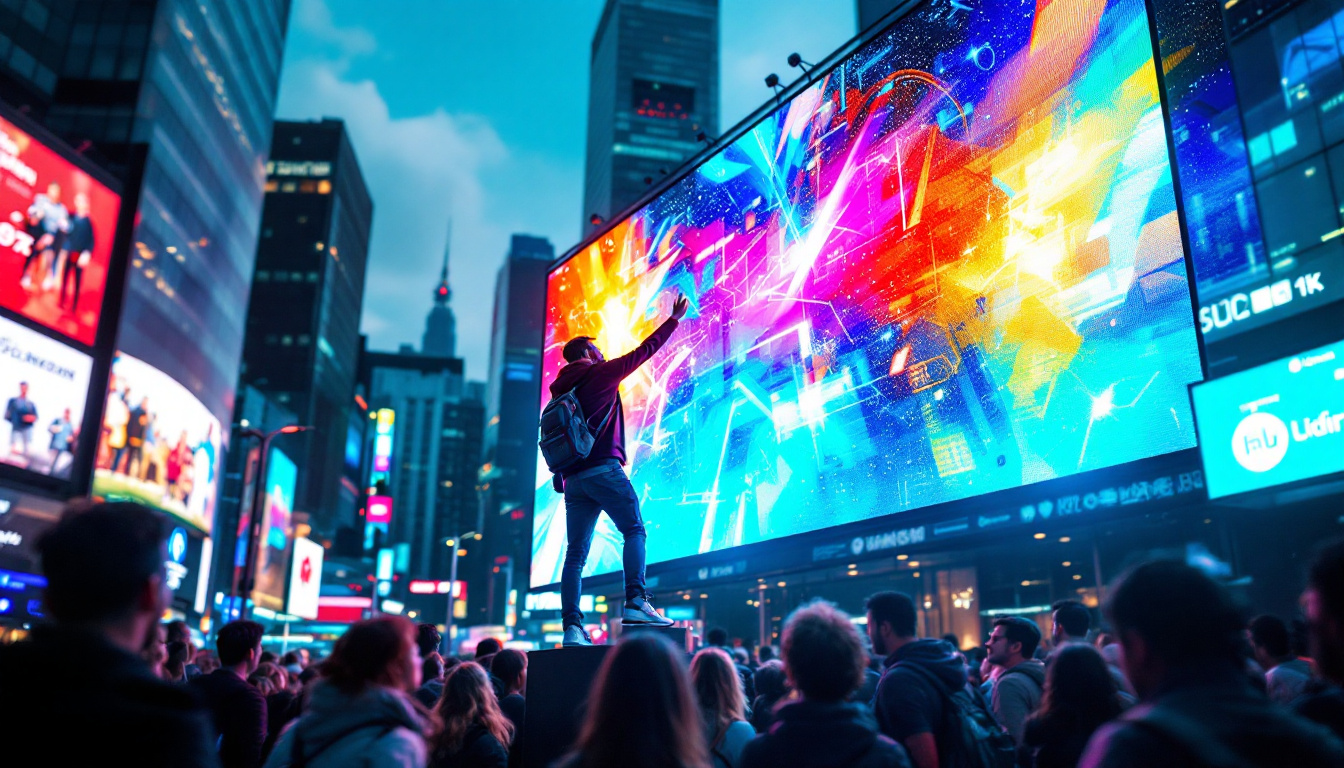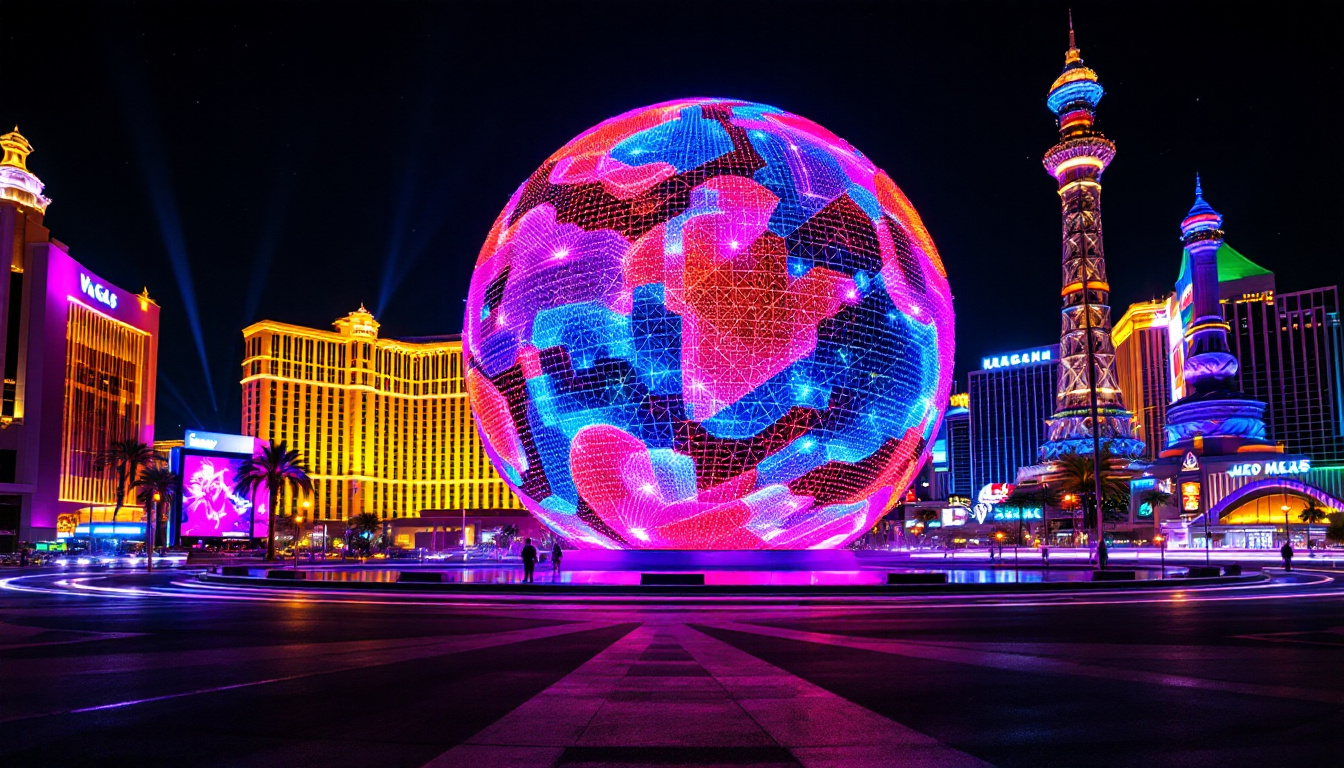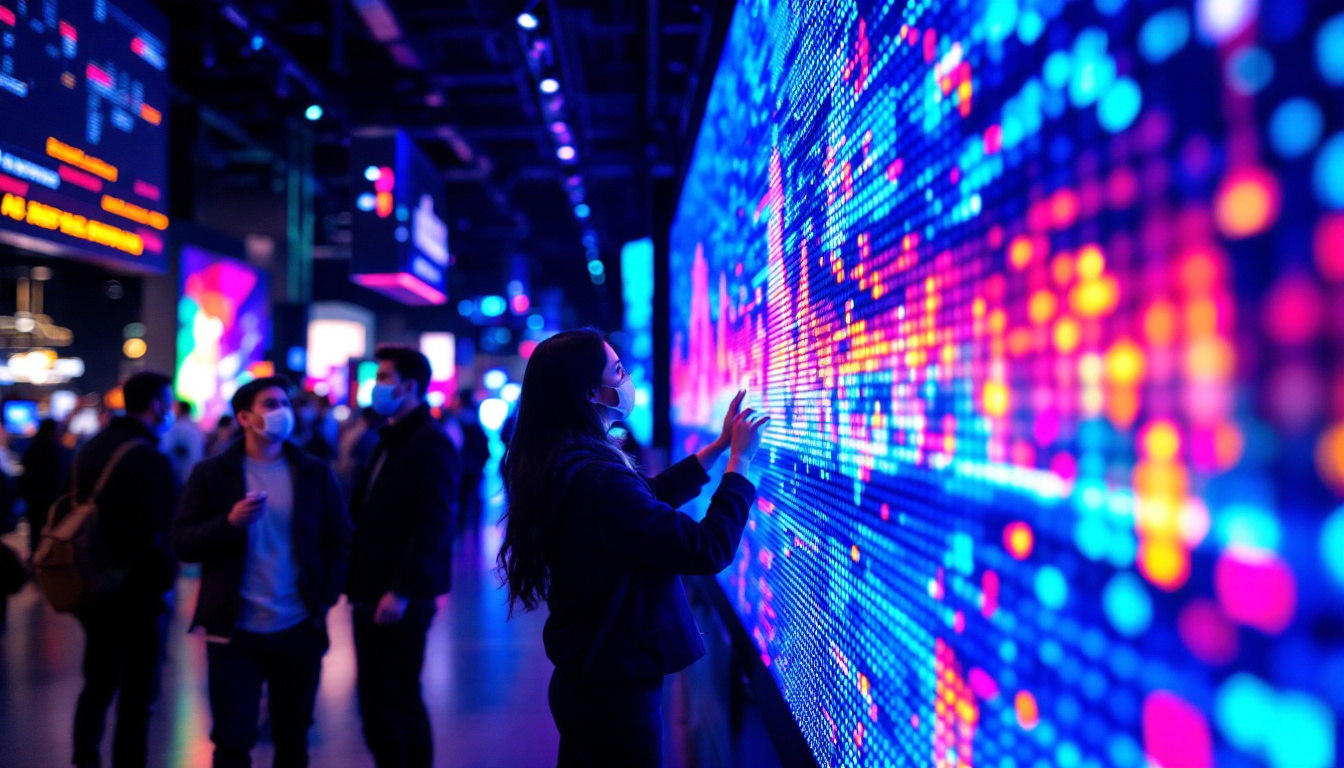In today’s digital age, visual presentations play a pivotal role in various settings, from corporate meetings to educational environments. As technology continues to evolve, so does the equipment used for these presentations. One of the standout options available is the LED display, which has gained popularity for its vibrant colors and high clarity. This article delves into the nuances of renting projector screens, particularly focusing on LED displays, their benefits, and considerations to keep in mind.
Understanding LED Displays
LED displays, or Light Emitting Diode displays, utilize a series of small diodes to produce bright and colorful images. Unlike traditional projector screens, which rely on projectors to cast images, LED displays function as standalone units that can deliver high-quality visuals in various lighting conditions. This independence from projectors allows for greater flexibility in installation and setup, making them a popular choice for both permanent fixtures and temporary displays.
How LED Displays Work
The technology behind LED displays is relatively simple yet effective. Each pixel in an LED display is made up of red, green, and blue diodes, which combine to create a full spectrum of colors. This allows for stunning visuals that are not only bright but also sharp and detailed. The ability to adjust brightness and contrast levels further enhances the viewing experience, making LED displays suitable for both indoor and outdoor events. Additionally, advancements in LED technology have led to the development of high-definition and ultra-high-definition displays, which provide even more clarity and detail, making them ideal for applications such as digital signage and video walls.
Moreover, LED displays can be configured in various sizes, making them versatile for different settings. Whether it’s a small meeting room or a large outdoor event, there’s an LED display option that fits the need. The modular design of many LED systems allows for seamless integration into various environments, enabling creative installations that can adapt to the specific requirements of any space. This adaptability is particularly beneficial in venues like stadiums, where large-scale displays can enhance the viewer experience by delivering dynamic content that engages the audience.
Advantages of LED Displays
One of the primary advantages of LED displays is their brightness. They can produce vibrant images even in well-lit environments, which is often a challenge for traditional projectors. This makes them ideal for trade shows, conferences, and outdoor events where ambient light can interfere with visibility. Furthermore, the high refresh rates of LED displays ensure that fast-moving images, such as those seen in sports broadcasts or action-packed presentations, are rendered smoothly without blurring, providing an immersive experience for viewers.
Additionally, LED displays offer superior energy efficiency compared to traditional projection systems. They consume less power while providing a longer lifespan, making them a cost-effective choice for businesses and organizations looking to invest in high-quality visual technology. This energy efficiency not only reduces operational costs but also aligns with sustainability goals, as many companies are increasingly focused on minimizing their environmental impact. Moreover, the durability of LED displays means they can withstand harsh weather conditions, making them suitable for outdoor advertising and events without the risk of damage that can affect other display technologies.
Renting Projector Screens: Key Considerations
When considering renting a projector screen, particularly an LED display, several factors should be taken into account to ensure the best experience. Understanding these factors can help in making an informed decision that meets specific needs.
Event Type and Venue Size
The type of event and the size of the venue play crucial roles in determining the appropriate screen size and type. For instance, a small conference room may only require a modest-sized LED display, while a large outdoor event might necessitate a much larger screen to ensure visibility from a distance.
Additionally, the nature of the event—whether it’s a presentation, a film screening, or a live performance—can influence the choice of display. Different events may require different resolutions and brightness levels, so it’s essential to assess these needs beforehand. For example, a corporate presentation may benefit from a screen that supports high-definition visuals to showcase intricate graphs and charts, whereas a movie night might prioritize color accuracy and contrast to enhance the viewing experience.
Technical Specifications
Understanding the technical specifications of the LED display is vital. Key factors include resolution, brightness (measured in nits), and refresh rate. A higher resolution, such as 4K, will provide clearer images, making it ideal for detailed presentations or videos. Brightness is equally important, especially for outdoor events where sunlight can wash out images.
Furthermore, the refresh rate affects how smoothly videos are displayed. A higher refresh rate ensures that fast-moving images are rendered without blurring, which is particularly important for events that feature dynamic content. Additionally, consider the connectivity options available with the display. Ensuring compatibility with various devices, such as laptops and media players, can streamline the setup process and reduce technical hiccups during the event.
Budget Considerations
Budget is always a significant consideration when renting equipment. LED displays can vary widely in price based on size, specifications, and rental duration. It’s essential to establish a budget early on and explore options that fit within that range.
Many rental companies offer packages that include setup and technical support, which can be beneficial for those unfamiliar with the technology. Weighing the cost of rental against the potential benefits—such as enhanced audience engagement and improved presentation quality—can help in making a sound financial decision. Furthermore, it’s wise to inquire about any additional fees that may arise, such as delivery charges or costs associated with extended rental periods. Understanding the full scope of expenses can prevent unexpected budget overruns and ensure a smooth experience from start to finish.
Setting Up the LED Display
Once the decision to rent an LED display has been made, the next step is the setup process. Proper installation is crucial for optimal performance and audience experience.
Location and Positioning
The location of the LED display is critical for ensuring that all attendees have a clear view. Factors such as seating arrangement, lighting, and potential obstructions should be considered. Ideally, the display should be positioned at eye level and angled appropriately to minimize glare.
In outdoor settings, it’s important to consider the sun’s position throughout the event. Using a display with high brightness can help mitigate visibility issues caused by direct sunlight.
Technical Setup
Setting up the technical components of the LED display involves connecting it to the necessary devices, such as laptops or media players. Ensuring that all cables are securely connected and that the correct input settings are selected is essential for a smooth presentation.
Testing the display before the event is highly recommended. This allows for troubleshooting any potential issues, such as connectivity problems or image quality concerns, well in advance of the audience’s arrival.
Enhancing the Viewing Experience
While the quality of the LED display itself is paramount, there are additional elements that can enhance the overall viewing experience for attendees. These include audio quality, content preparation, and audience engagement strategies.
Audio Integration
Audio quality is often overlooked but is just as important as visual clarity. Many LED displays come with built-in speakers; however, for larger venues or events that require high-quality sound, external audio systems may be necessary. Ensuring that the audio is synchronized with the visuals can significantly enhance the overall experience.
Testing the audio setup in conjunction with the display is crucial to avoid any discrepancies during the actual event. This includes checking volume levels and ensuring that sound reaches all areas of the venue.
Content Preparation
Preparing content in advance can make a significant difference in the effectiveness of the presentation. High-resolution images and videos should be used to take full advantage of the LED display’s capabilities. Additionally, ensuring that all content is relevant and engaging will keep the audience’s attention.
Utilizing features such as animations or transitions can also enhance the visual appeal of the presentation. However, it’s important to strike a balance; too many effects can distract from the core message.
Post-Event Considerations
After the event, there are several considerations to keep in mind regarding the rented LED display. Proper handling and feedback can contribute to future success.
Returning the Equipment
Returning the rented equipment in good condition is essential. This includes ensuring that all components are accounted for and that the display is cleaned and free of damage. Many rental companies have specific protocols for returning equipment, so it’s advisable to familiarize oneself with these guidelines.
Failure to follow return procedures can result in additional fees, which can impact the overall budget. Documenting the condition of the equipment upon return can also provide protection against disputes.
Gathering Feedback
Collecting feedback from attendees regarding the visual experience can provide valuable insights for future events. Understanding what worked well and what could be improved can help in making informed decisions for subsequent presentations.
Feedback can be gathered through surveys or informal discussions, allowing organizers to gauge audience satisfaction and identify areas for enhancement.
Conclusion
Renting a projector screen, particularly an LED display, offers numerous advantages for enhancing visual presentations. From their vibrant colors and high clarity to their energy efficiency and versatility, LED displays are an excellent choice for various events. By considering factors such as event type, technical specifications, and budget, individuals and organizations can make informed decisions that lead to successful presentations.
With proper setup, content preparation, and attention to post-event considerations, the use of LED displays can significantly elevate the audience’s experience. As technology continues to advance, embracing these innovations will ensure that presentations remain engaging, impactful, and memorable.
Discover LumenMatrix LED Display Solutions
Ready to transform your next event with unparalleled visual impact? Explore LumenMatrix’s comprehensive range of LED display solutions, designed to captivate your audience and amplify your message. From vibrant Indoor LED Walls to dynamic Outdoor Displays and beyond, LumenMatrix is at the forefront of LED innovation. Elevate your visual presentations with our cutting-edge technology and make a lasting impression. Check out LumenMatrix LED Display Solutions today and see the difference for yourself.

